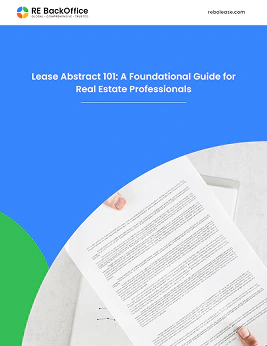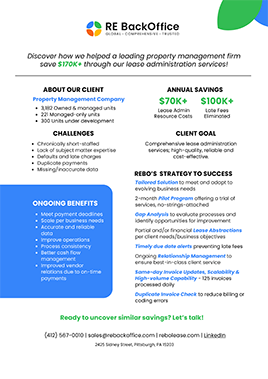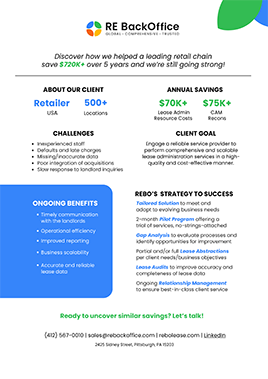
In the context of a lease, "fixtures" refer to items that a tenant might install or affix to the property, which can include antennas, satellite dishes, solar panels, or telecommunications equipment. Understanding the regulations and agreements surrounding tenant fixtures is crucial for both landlords and tenants to maintain the property's integrity and ensure compliance with legal and safety standards.
Definition of Fixtures
Fixtures are personal property that, once installed or attached to the building, become part of the real property. Common examples include:
- Antennas
- Satellite Dishes
- Solar Panels
- Telecommunications Equipment
These fixtures are often essential for the tenant's use of the property, especially in commercial leases where specific operational needs must be met.
Landlord's Consent
Most lease agreements stipulate that the tenant must obtain the landlord's consent before installing any fixtures. This requirement serves several purposes:
- Structural Integrity: Installations like solar panels or antennas can impact the structural integrity of the building. Landlords need to ensure that these additions do not compromise the building's safety or stability.
- Compliance with Warranties and Regulations: The landlord might have existing warranties or insurance policies that could be voided by unauthorized installations. Ensuring that fixtures comply with these warranties protects the landlord's interests.
- Maintenance and Safety Standards: Roof installations, in particular, require careful consideration. The landlord typically maintains control over the roof and is responsible for its upkeep. Any modifications must meet specific safety standards to avoid damage and ensure ongoing maintenance can be performed without obstruction.
In the process of installing fixtures within a leased property, tenants must first seek approval from the landlord, typically by submitting detailed plans and specifications for review. This approval process ensures compliance with local building codes and safety regulations. Once approved, tenants must adhere to specific installation requirements to prevent damage to the property, particularly the roof, which undergoes stringent safety inspections to mitigate risks. Additionally, tenants must ensure their installations do not void any existing warranties and follow legal and regulatory compliance for building modifications, including obtaining necessary permits and meeting environmental and safety standards. Provisions for maintenance during the lease term and guidelines for removal at lease end guarantee the property can be restored to its original condition if necessary.
In summary, tenant fixtures play a significant role in lease agreements, particularly when they involve installations that affect the building's structure or roof. Landlords typically require consent for such installations to protect the property's integrity, comply with warranties, and ensure safety standards are met. Both parties should clearly understand and agree upon the terms related to fixtures to avoid disputes and maintain a harmonious leasing relationship.


